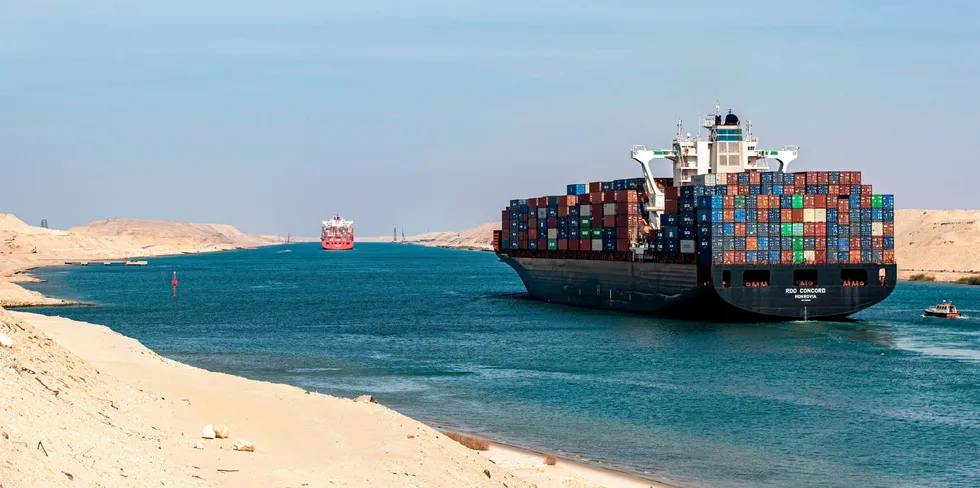Green hydrogen's new hotspot? Developers pledge $42bn spend on flood of Egyptian projects
Private sector lines up to deliver renewable ammonia for export and shipping at Suez Canal Economic Zone

Private sector lines up to deliver renewable ammonia for export and shipping at Suez Canal Economic Zone
